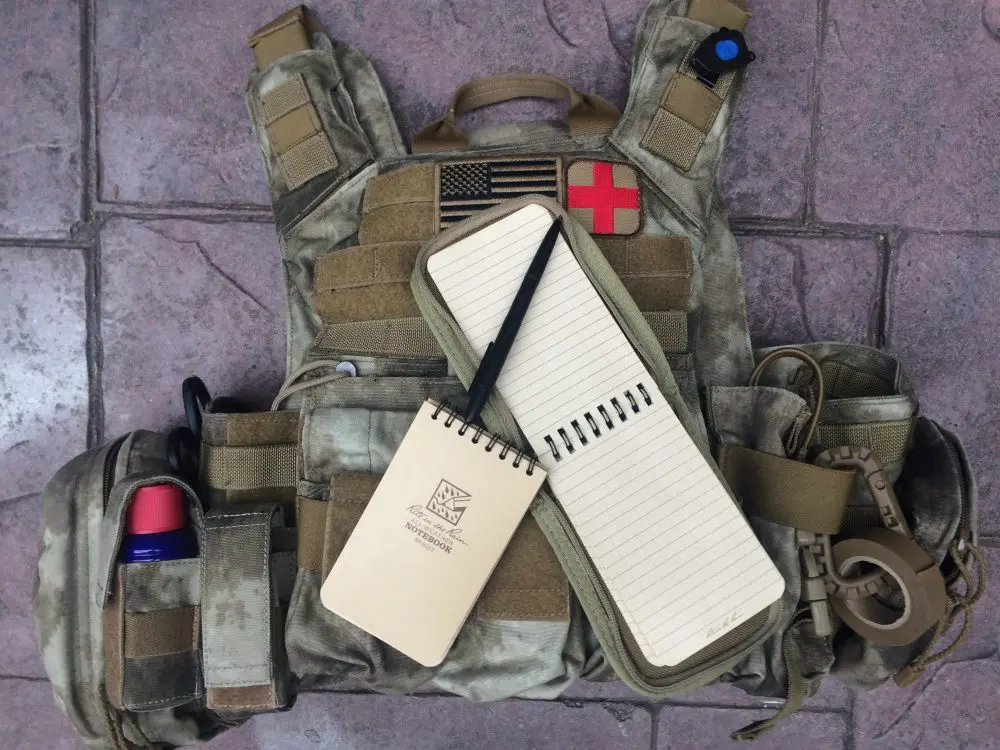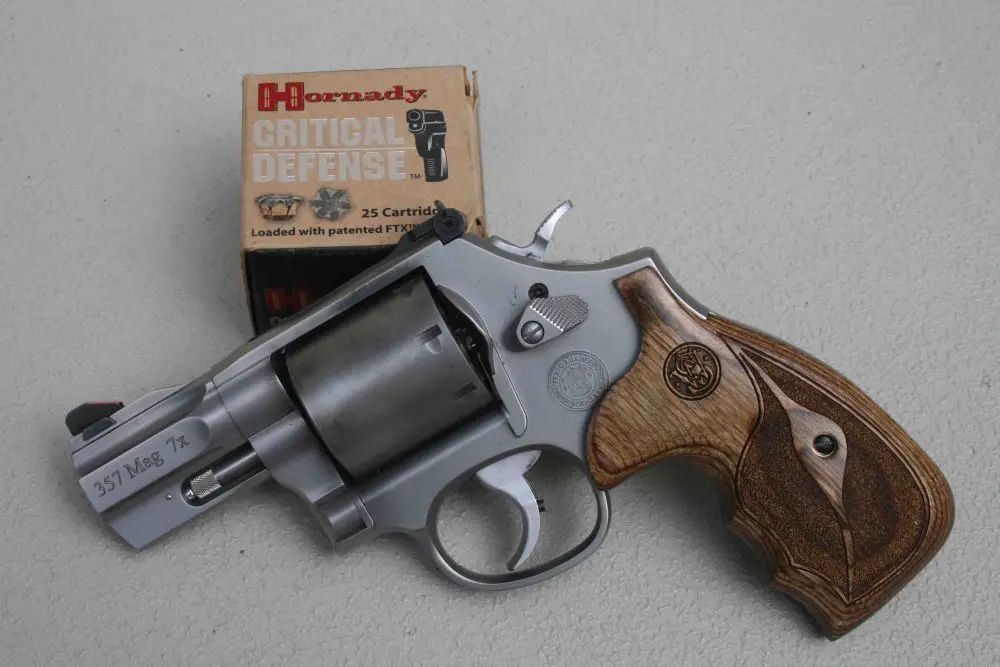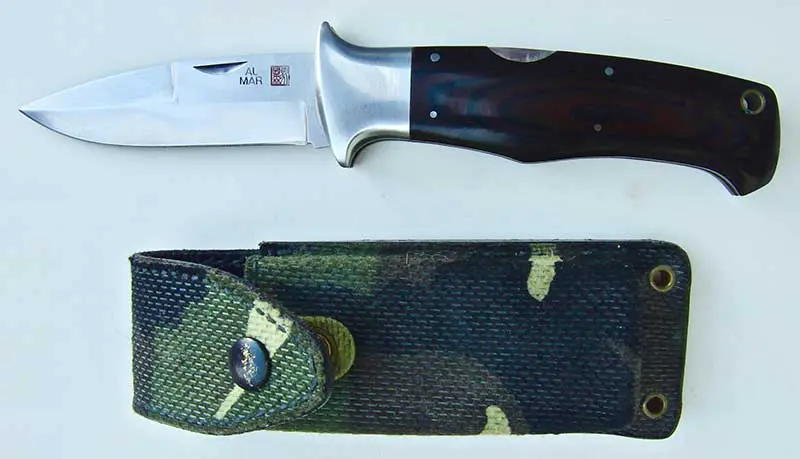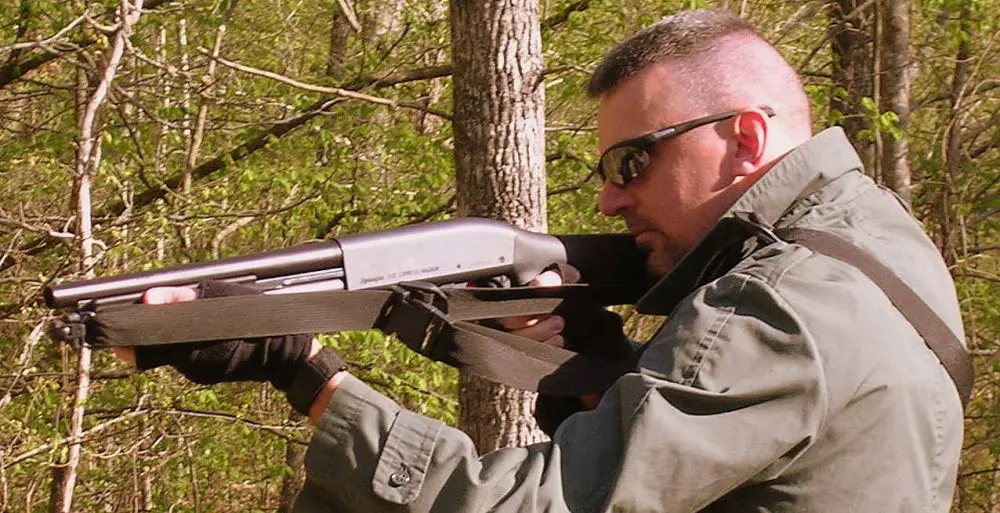Like most writers, I love to read. If I’m sitting at the breakfast table with nothing else handy, I’ll study every word on the cereal box simply out of a deep-seated need to embrace the printed word.
In the tactical arena, you should have a similar compulsion to “read” people.
The art and science of understanding body language, known as Kinesics, is actually something we use instinctively every day of our lives. Unfortunately and too frequently, we don’t utilize those well-honed skills as a lifesaving tool.
It is a proven scientific fact that our bodily movements, gestures and postures are an outward—and often unconscious—betrayal of the thoughts ricocheting around our brain. Ranging from the slight pupil dilation when telling a lie, to the obvious “boxer’s stance” that many people assume prior to a fight, correctly interpreting the outward appearance of an adversary can help sound your inner alarm well before a confrontation turns dangerous. That advance warning can be worth its weight in platinum-plated gold ingots.
Some of the things we look for are pretty obvious. If you approach someone and soon they’ve square off into a fighting-type stance with clenched fists and flared nostrils while glaring at you with hate-filled eyes, it is apparent that bystanders are going to get a show.
However, there are other, more subtle clues that you might have missed in the previous few minutes of your interaction.
One of the first things I learned as a young officer was to pay attention to a suspect’s eyes, as they truly are the mirror of the soul. For instance, if the person is glancing constantly or staring fixedly at your weapon, there is a pretty good chance that they are thinking about trying to take away your gun.
This quick look toward the weapon is the well-known “target glance.” Prior to striking any blow or otherwise assaulting, most people will take at least a momentary glimpse at the area they intend to clobber.
Another great indicator of problems is the “thousand-yard stare.” Basically this is the unblinking, unfocused eyes of a person who is on the verge of launching a violent assault. It is as if they have disconnected from the outside world for a moment to stoke their rage and prepare the psyche for combat.
A favorite of mine are people who try to be sneaky as they look for an opening to bolt as you talk to them. If you’re operating as a back-up and are paying attention, you can often see such indicators and place yourself in a position to ruin their day when they try to flee. I find that tremendously satisfying.
In fact, anyone who is actively “scanning” the area should be perceived as some type of threat, because the vast majority of human beings simply don’t care about their immediate surroundings. If I see someone taking an active interest in the mundane things around them, I consider them a possible threat until I decide if they are a cop, soldier or an otherwise tactically aware individual.
The hands are a great indicator of stress or anger. Stretching or clenched hands are frequently a prelude to fighting, but hands can also betray serious inner turmoil via “grooming gestures” such as fidgeting with the nose, straightening the hair, tugging at ears or constantly wiping the mouth. When you see these signs, the other person is trying to decide something dramatic, such as confessing, fleeing or fighting. Make sure you’re prepared for each possibility.
I’ve never seen this one in training manuals, but one thing I always watch for is hands that move separately. Most people, whether animated or calm, will move their hands in relative synchronization. However, people who are trying to pull a weapon or discard dope will often try the old magician’s trick of distracting with one hand while the other goes about the dirty business. A warning bell should instantly sound in your head when you see two hands operating independently of each other for no obvious reason.
Sweat is also a great indicator. When you walk into the local Stop-N-Rob at midnight, would it raise your hackles to see the clerk sweating profusely and looking ashen, even though it’s only ten degrees outside? He might be coming down with the flu, or he might have a robber holding his co-worker hostage in the back room until you leave. I recently watched a real-life video of a similar situation. It ended with two dead cops who didn’t read the body language of the frightened bakery clerks until it was too late.
When you’re in uniform, do you watch other people’s reactions when you walk into a business or building? The vast majority of people will at least glance your way for a moment, then resume their activities. If someone does everything in their power to avoid eye contact or even acknowledge your presence, it signals that something nefarious is probably happening. I sometimes laugh out loud when I see the same thing on the street corner; you can almost hear the troublemakers say to themselves, “Oh hell, it’s the police. I’ll just pretend they didn’t see me and walk away…”
In my business, we call that a “clue.”
People who carry guns and knives often like to make sure the weapon is secured and in place. Cops are notorious for this. In fact, I caught myself today in the plate glass window of the grocery store with my hand on my hip, making sure my gun was safely stowed before going into the store. It was pretty obvious to anyone paying attention—fortunately, no one was.
There are one or two million other good examples of body language, but we’ve hit our goal of raising awareness about those signals that clue us in to the mindset of our adversaries. (Do a Google search on “Kinesics” to find out more about this subject, including whole books on it.) Now practice this skill and make it second nature, and your existence will be that much safer.
This even works if you leave toenail clippings in the bathroom sink. In that case, you can probably decipher your wife’s facial gestures without our help.






